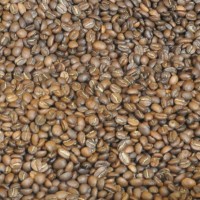 Welcome to another instalment of my Coffee at Home series, where once again, I’m looking at coffee. The Coffee at Home series aims to provide simple, practical advice on making coffee at home, although I deviated from this in Part I of my look at coffee, where I talked about the concepts of direct trade and single-origin coffee. However, this was to set the scene for what I want to talk about today, which is some advice on what to look for when buying coffee.
Welcome to another instalment of my Coffee at Home series, where once again, I’m looking at coffee. The Coffee at Home series aims to provide simple, practical advice on making coffee at home, although I deviated from this in Part I of my look at coffee, where I talked about the concepts of direct trade and single-origin coffee. However, this was to set the scene for what I want to talk about today, which is some advice on what to look for when buying coffee.
When I started the Coffee Spot, back in 2012, my knowledge of coffee was very limited. To me, coffee was just coffee. However, I quickly realised that it was way more complicated than that, something which can be rather daunting when you’re dipping your toe into the world of speciality coffee for the first time and trying to order some coffee on-line from a speciality roaster. To help you out, I’ll be unpacking some of the terms that I now take for granted, but which back then I found rather baffling. Having introduced you to the concept of single-origins, I now want to talk about blends, which is how the majority of coffee is sold.
You can find out more after the (very small) gallery.
Put simply, a blend is where the coffee comes from various sources around the world before being blended together. This is at the other end of the spectrum from what I talked about in Part I, the single-origin, where the coffee comes from a specific producer or farm. So, let’s ask the obvious question: why blend?
The main reason is for consistency. Coffee is a seasonal product, harvested at different times of the year in the various coffee growing regions around the world. And, contrary to my naïve pre-Coffee Spot self, all coffee doesn’t taste the same. However, back then, the coffee I was drinking did largely taste the same (this was in the days before I discovered Coffee Charisma) and that’s because I was drinking blends.
The roaster takes coffee from around the world, blending it together to produce a specific flavour profile, which would remain consist throughout the year. At the time, that consistency was exactly what I was looking for, but with hindsight, it seems rather sad to take something that has such natural variation only to put such effort into removing it!
Does that mean blends are bad then? Well, no, not necessarily. There’s something to be said for consistency and for being able to produce a specific taste profile. Looking at speciality coffee roasters, you’ll see that blends are very popular. You’ll find that most small roasters have a house-blend, while the larger roasters will often have several (one of my favourite roasters, The Roasting Party, regularly has five or six blends on offer).
If you’ve read a lot of my Coffee Spots, you’ll probably be used to the term “seasonal house-blend”. Since coffee is seasonal, many roasters will change the composition of their blends two or three times a year as different components come in and out of season, but all the time aiming for a consistent flavour. So when I say “seasonal house-blend”, it’s simply a reflection that while the flavour profile may be consistent, the components are likely to change.
So what makes a good blend? Ultimately, that comes down to individual taste, but as a guide, I look for blends with two or three components. Some people will look for classic combinations, such as blending a South American coffee (eg one from Colombia or Brazil) with a contrasting African coffee (eg one from Kenya or Ethiopia). Personally, I’m not so bothered about the particular components, happily trusting that my roaster will source the right beans to get the profile they’re after.
The other thing I look for is transparency: a blend should never be used to hide poor quality coffee. A good roaster should be blending high quality single-origin coffees and be able to tell you where they’re from. A great example of this is old friends, Carvetii Coffee Roasters. If you go to Carvetii’s webshop, you’ll see two espresso blends. Click on the seasonal espresso blend and you’ll find a wealth of information about the current blend (at the time of writing, it’s a blend of two African coffees: Société Maitea, a washing station working with 114 famers in the Democratic Republic of the Congo, and Shimilingwanda , a farm in Tanzania).
Not everybody will go to that level of detail, and not everyone will want it (and, I’ll be honest, I rarely check), but that’s the sort of information I’m looking for when I’m checking out a new blend.
I’ll leave it there for now. In Part III of this series, I discuss making sense of the notes on a bag of coffee and why you can’t assume that all the coffee from a country/region tastes the same.
If you liked this post, please let me know by clicking the “Like” button. If you have a WordPress account and you don’t mind everyone knowing that you liked this post, you can use the “Like this” button right at the bottom instead. [bawlu_buttons]
Don’t forget that you can share this post with your friends using buttons below.


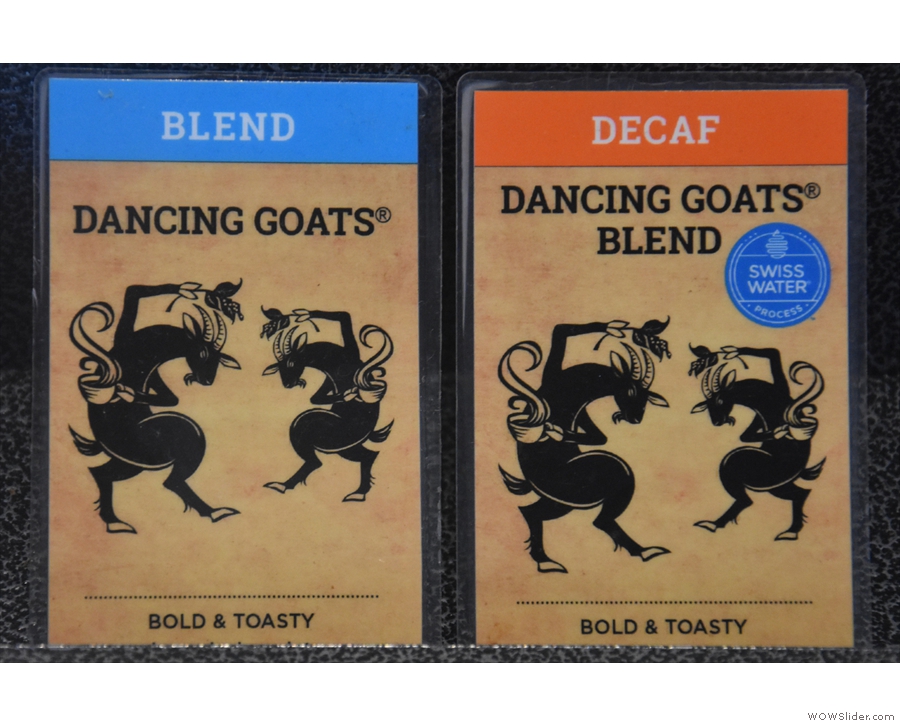
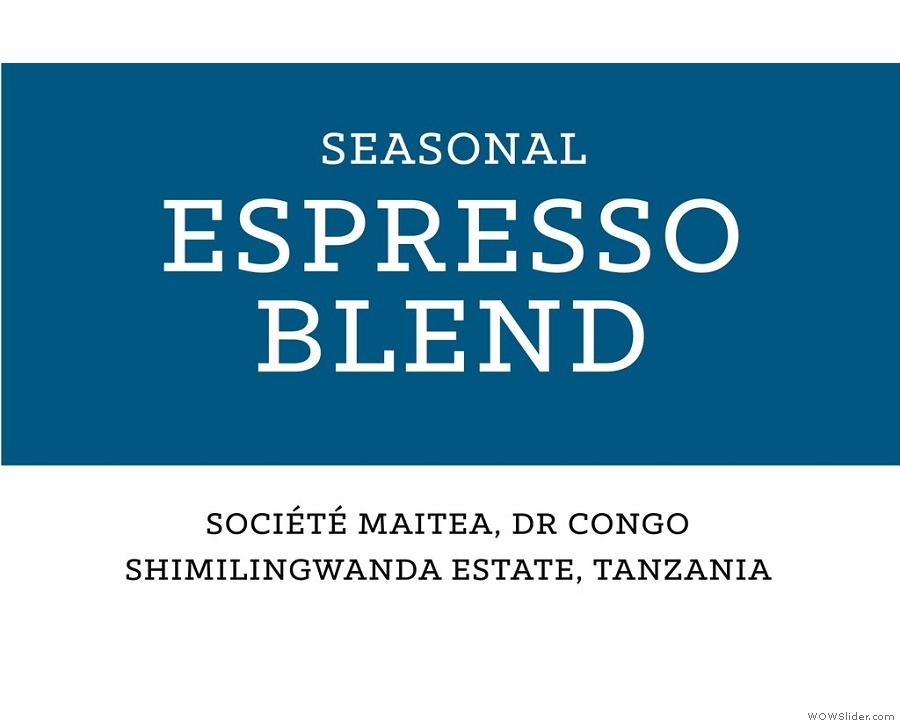
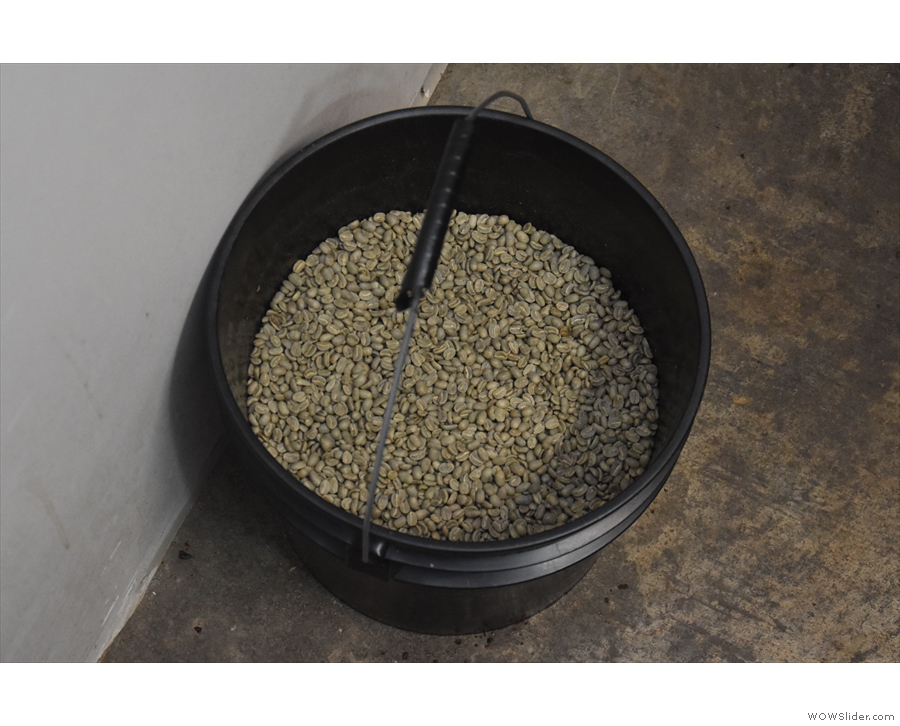
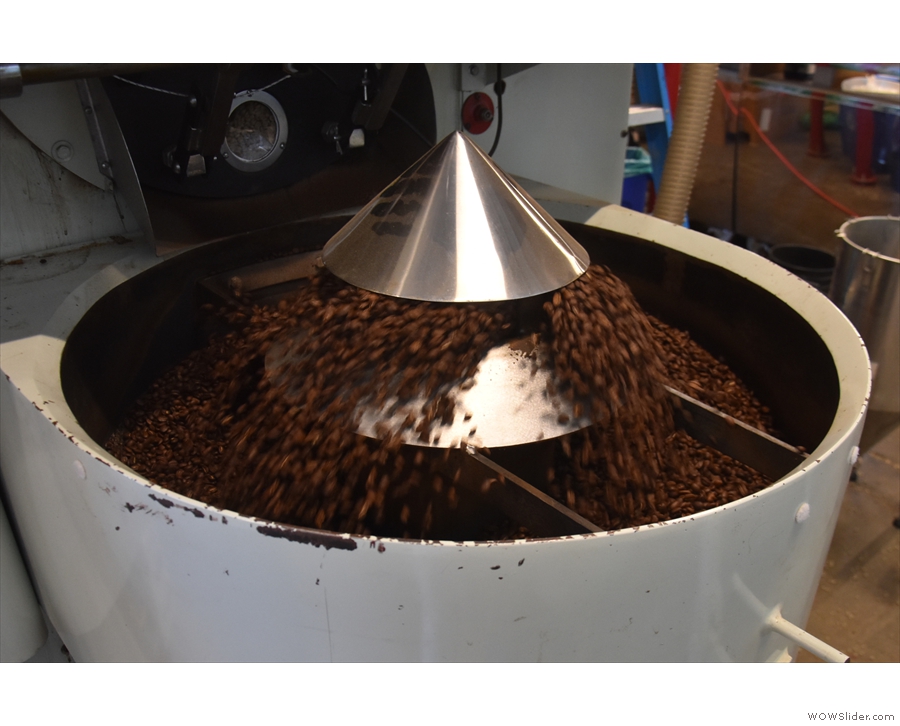
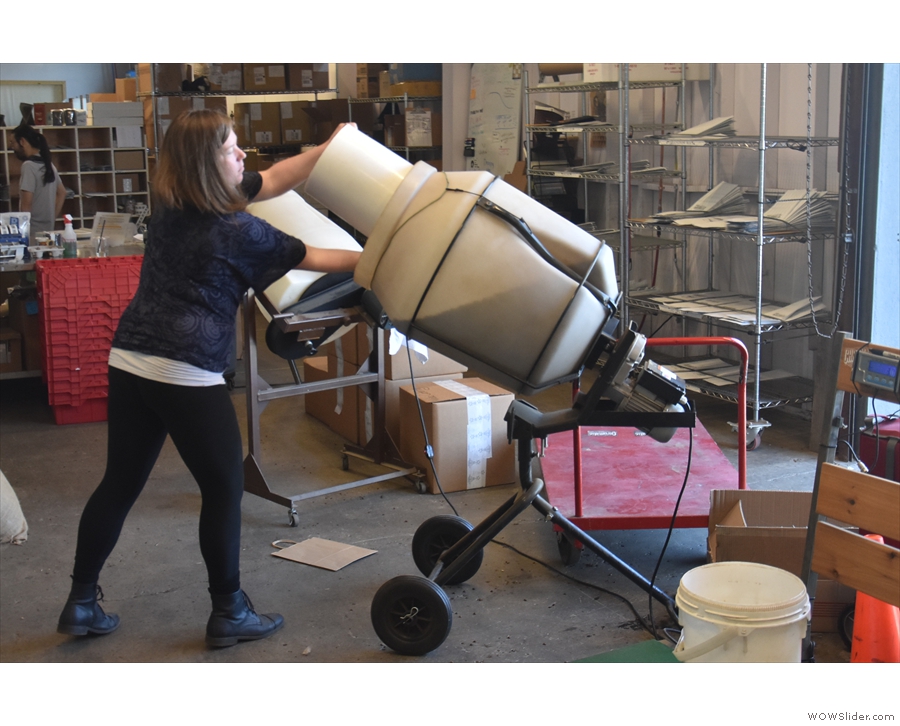
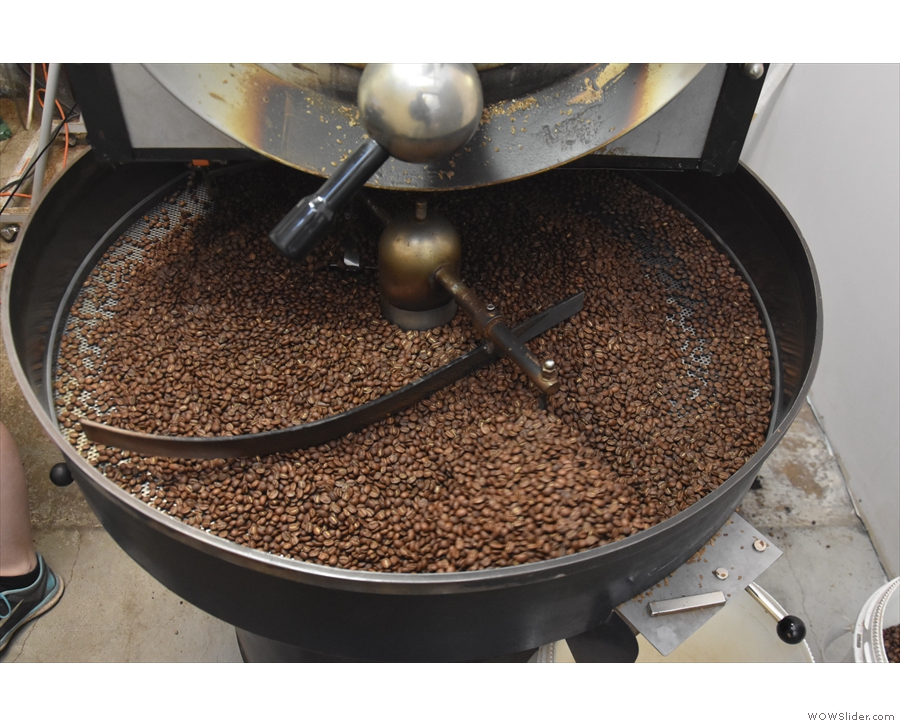
 1
1 2
2 3
3 4
4 5
5 6
6 7
7
Pingback: Meet the Roaster: Surrey Hills Coffee | Brian's Coffee Spot
Pingback: Making Coffee at Home: Espresso | Brian's Coffee Spot
Pingback: Making Coffee at Home: Coffee, Part III | Brian's Coffee Spot
Pingback: Making Coffee at Home: Coffee, Part IV | Brian's Coffee Spot
Pingback: Coffee, Part V: Taste | Brian's Coffee Spot
Pingback: Coffee, Part I: Origins | Brian's Coffee Spot